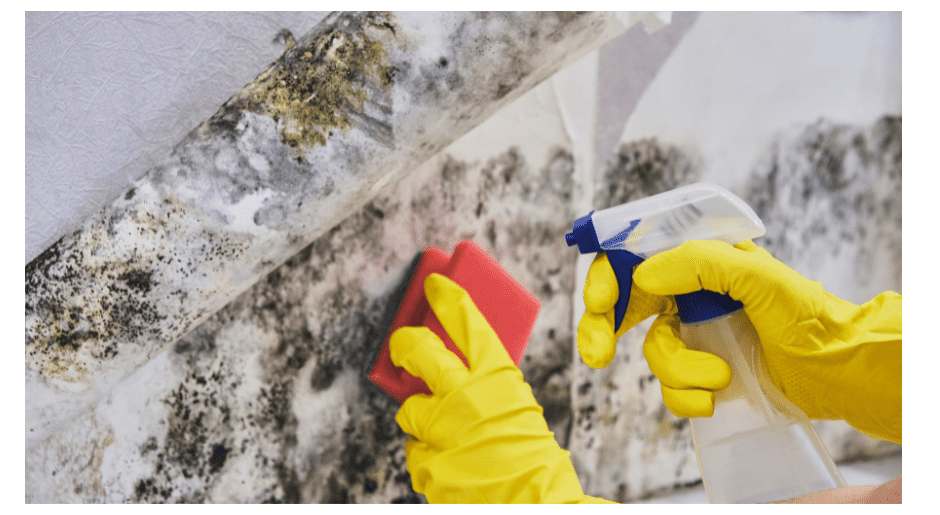
It seems like mold can appear anywhere and can be scary when you find it growing in your home. Mold grows in areas that are warm and moist, which is why it’s frequently found in kitchens and bathrooms.
A big misconception about mold is that it is all toxic. The most common type of indoor mold is Cladosporium and it’s generally nontoxic. Mold spores may trigger allergy symptoms in people who are sensitive to them. Most people do not experience the negative health effects of mold at all.
Stachybotrys chartarum is a rare variety of mold that can cause health problems. This mold can only grow on surfaces where the material is consistently wet for an extended amount of time. This type of mold releases mycotoxins which may cause shortness of breath, wheezing, a stuffy nose and possibly red or itchy eyes when inhaled. Symptoms are typically worse for people with asthma.
Although the health effects of mold exposure vary from person to person, the CDC recommends removing all visible mold, regardless of the type. The removal process is simple. We recommend wearing nonporous gloves, protective eyewear, and a mask to stay safe while removing the mold. You can make a cleaning solution with 1 gallon of water and 1 cup of bleach. Make sure you scrub until all the mold has been removed. If mold is growing on ceiling tiles, insulation, drywall, or carpet, they must be removed and replaced.
It’s also important to find the source of the moisture. Check for leaking pipes and ventilation issues. Once the source is found, fix the problem and maintain low humidity levels throughout your home. Keep areas dry by ventilating bathrooms, laundry rooms, kitchens, anywhere with a lot of moisture.
The rule of thumb is if you see mold, remove it. There is no need to see what type of mold it is. If you’re uncomfortable removing large or small areas of mold, seek a professional mold remediation company. If you continue to have symptoms after the mold is cleaned up, Safex can conduct air sampling to confirm all the mold is gone.
